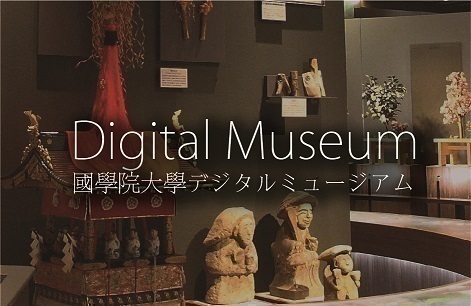- トップ
- Encyclopedia of Shinto
- Shinza
Encyclopedia of Shinto
| Main Menu: | |
| Links: |
詳細表示 (Complete Article)
| カテゴリー1: | 4. Jinja (Shrines) |
|---|---|
| カテゴリー2: | Objects of Worship and Shrine Treasures |
| Title | Shinza |
| Text | The place within a shrine where symbols of the kami (mitamashiro; see also shintai) are enshrined. In Shrine Shinto, a building is constructed as a place to worship the kami. Within that building a shinza is established, decorated in a manner appropriate for a dwelling of the kami, and furnished with an object (called a shintai) representing the presence of the kami. Accordingly, the form that the shinza takes may vary widely depending on the architectural style of the shrine's sanctuary (honden). In shrines of the shinmeizukuri style, the preferred type of shinza is called ontamanai; in the nagarezukuri style, the michōdai type is suitable, and in the gongenzukuri style, the otoku type is appropriate. The term ontamanai can also be written with characters meaning "a jewel is present," indicating a beautiful seat for the kami. Four pillars are built on bases set in each of the four corners, and these four pillars in turn support a decorated roof. Representative examples include the Grand Shrines of Ise, the Atsuta Shrine, and other shrines in the shinmeizukuri style. The michōdai style consists of a raised seat surrounded by a screen and is based on the same structure found in the main rooms of shindenzukuri-style dwellings built by Heian-period nobles. Many shrines are constructed in this style. The otoku style originates with the mitana (storage cabinets) used in the food-preparation room (mizushidokoro) of the palace. The divine seat here takes the form of a cabinet with two doors that open to the front. Examples include those found at Kashima Jingū and Dazaifu Tenmangū. Other styles of shinza are also called takamikura, hirashiki, daishōji, omiya, and shin'yo. — Okada Yoshiyuki |




